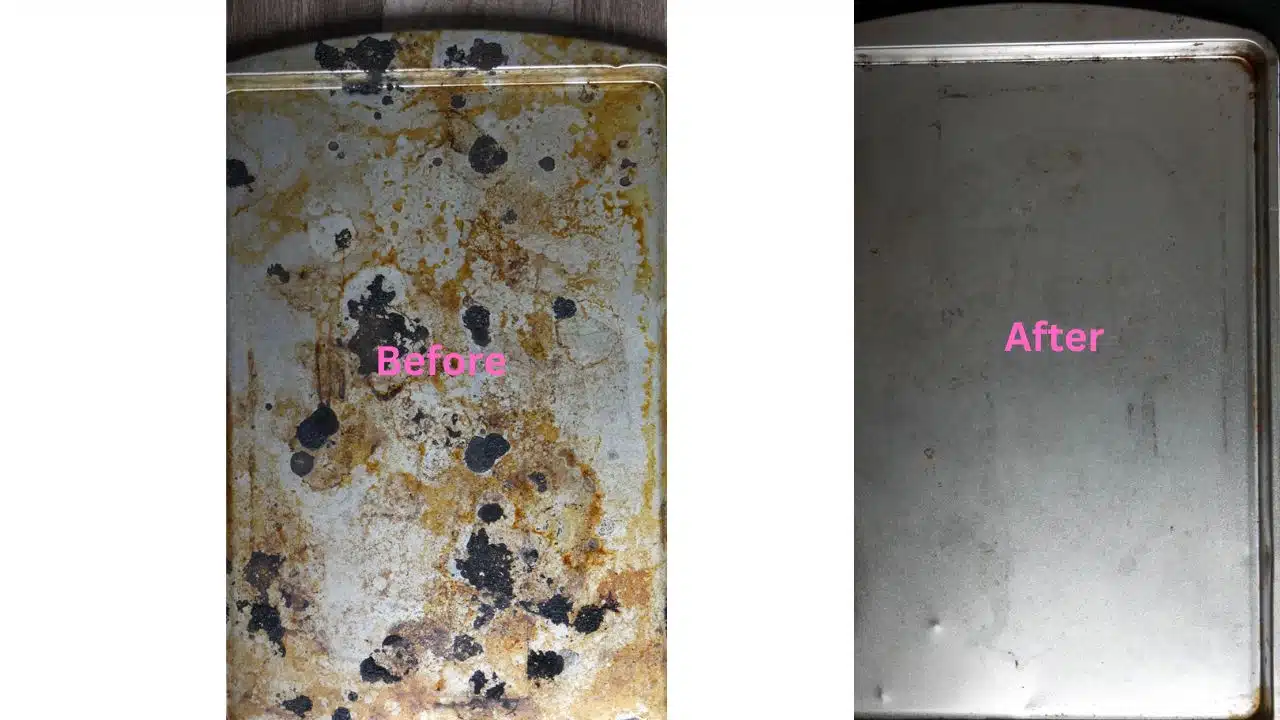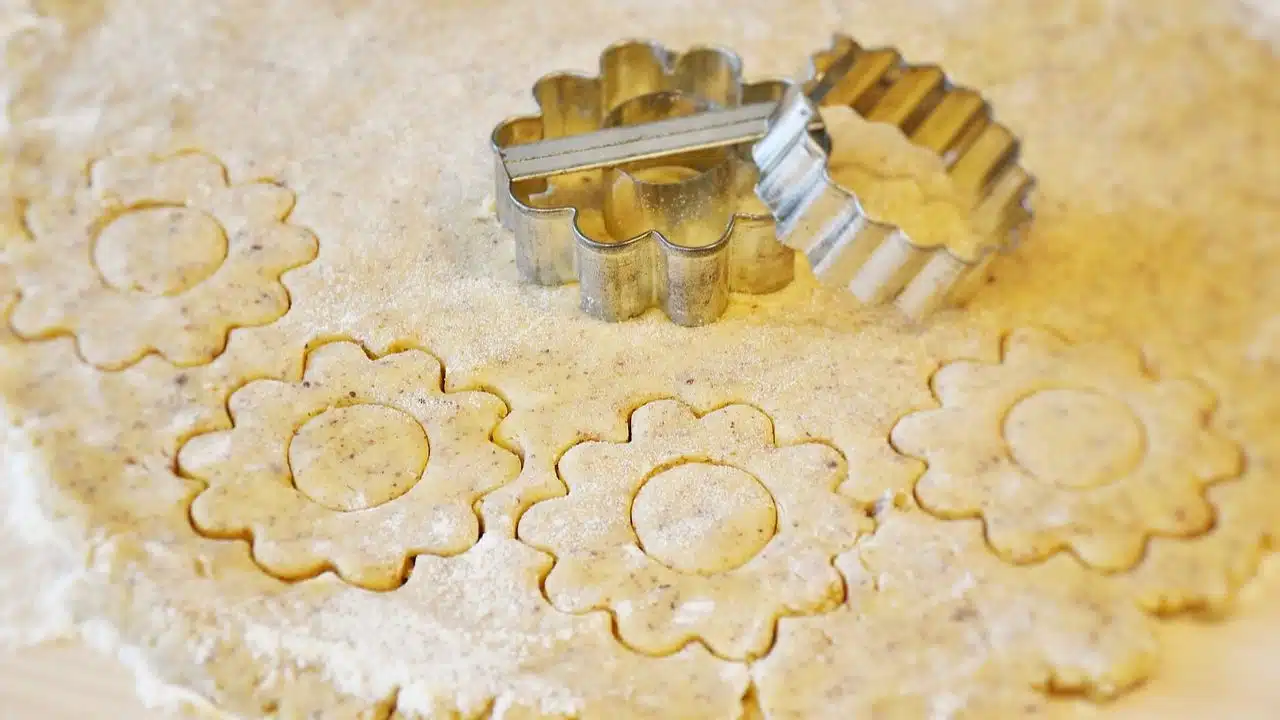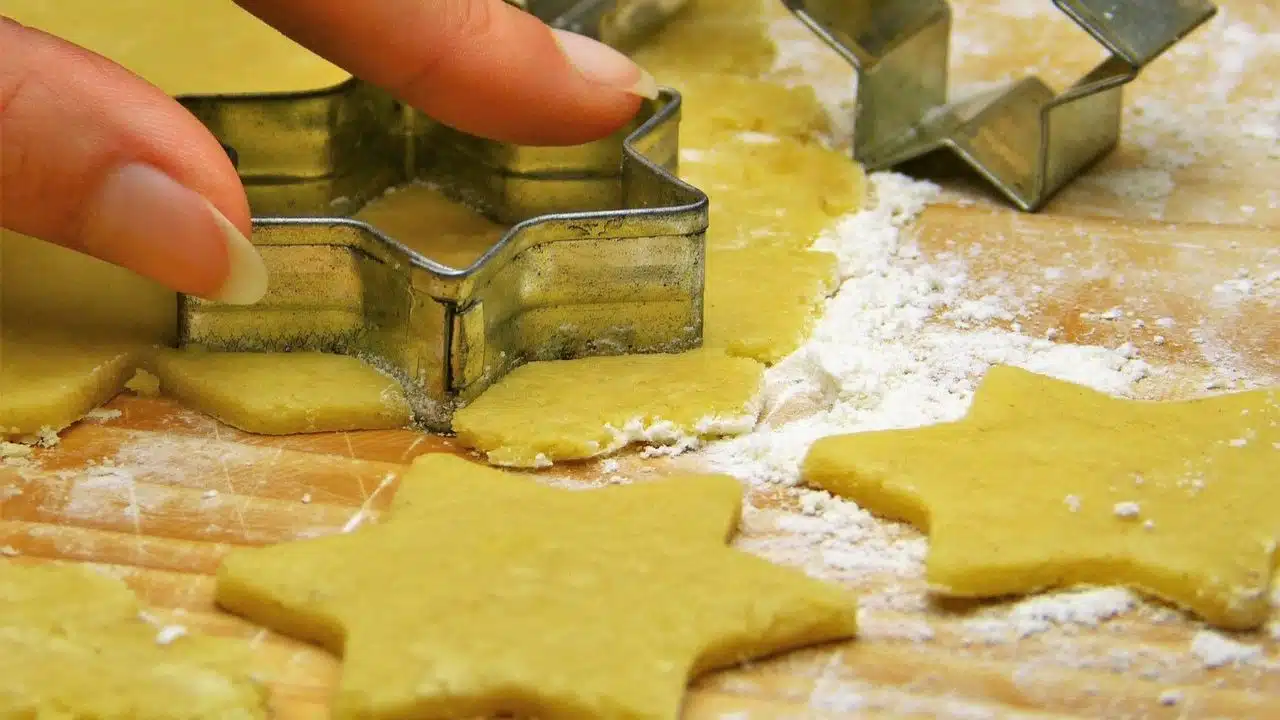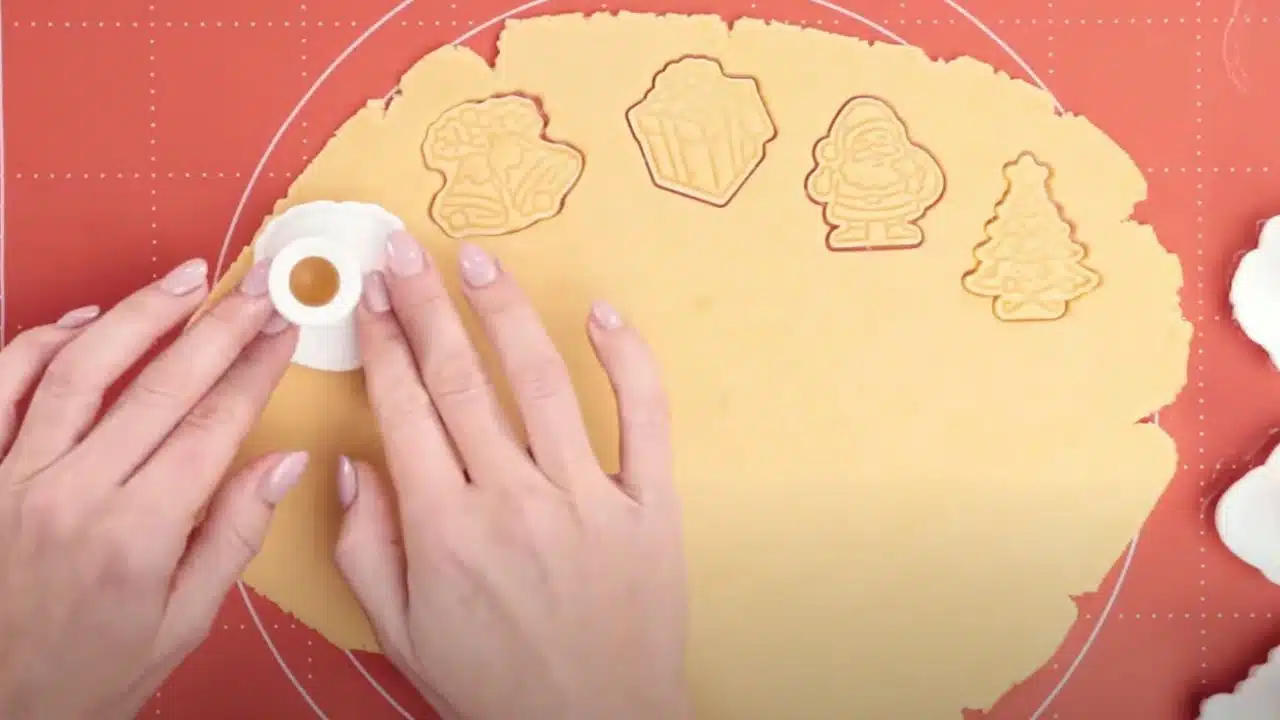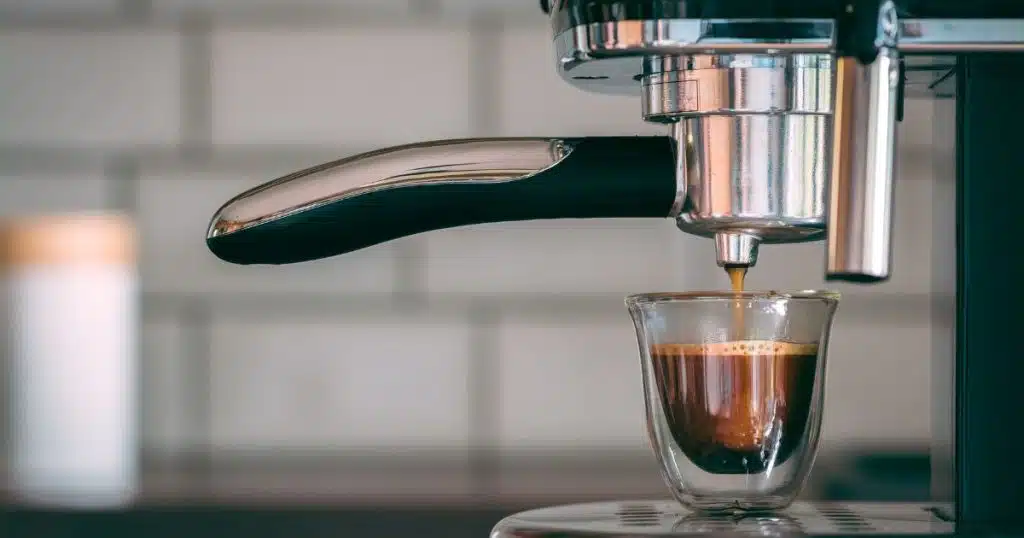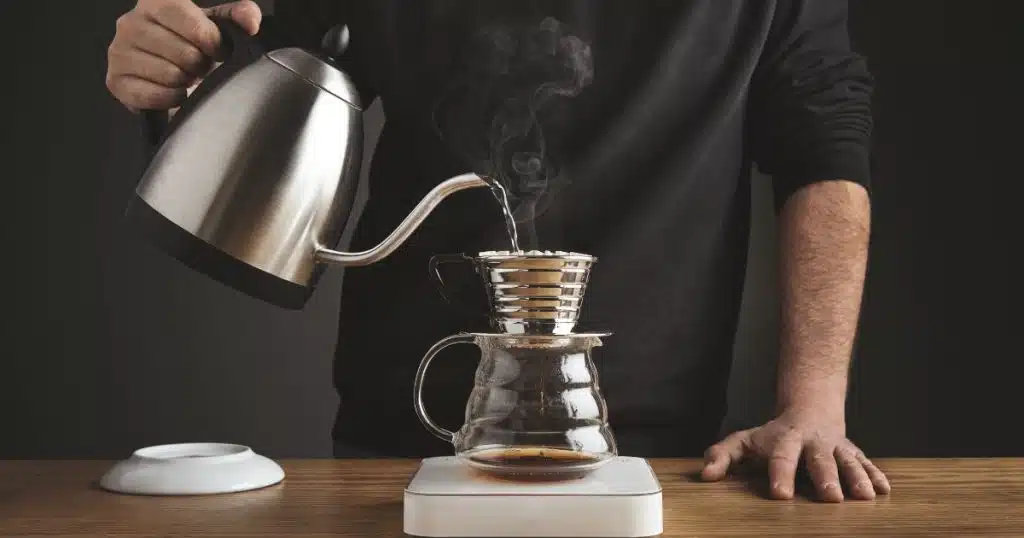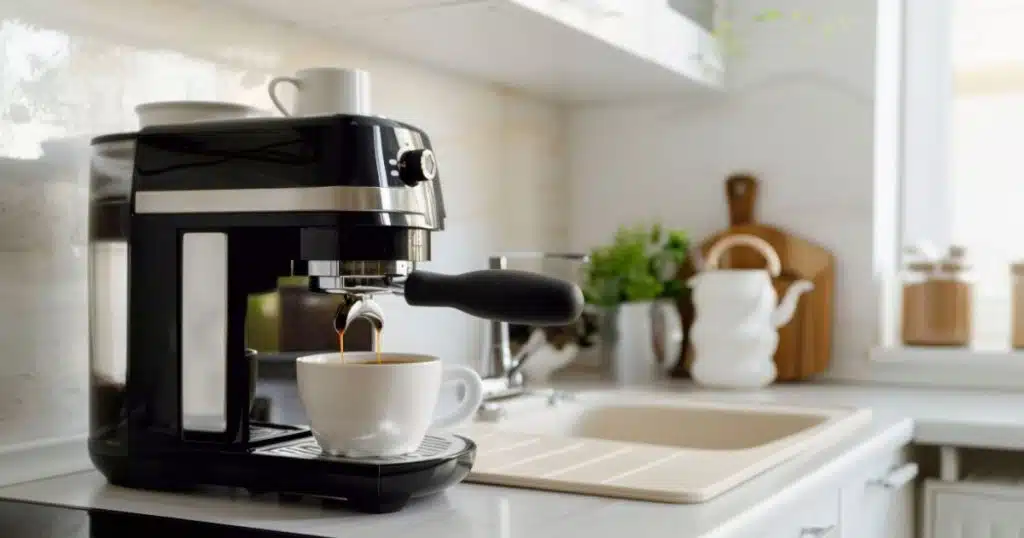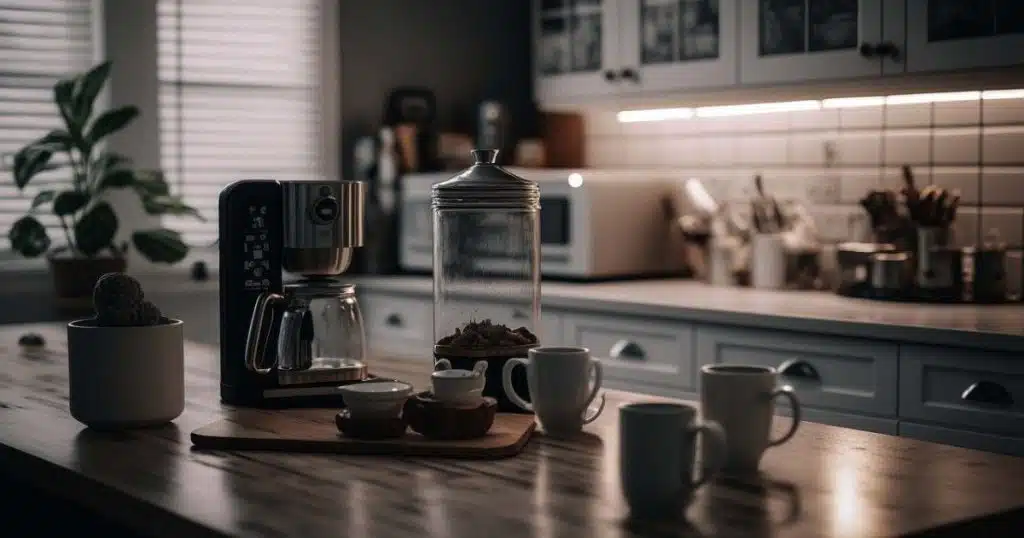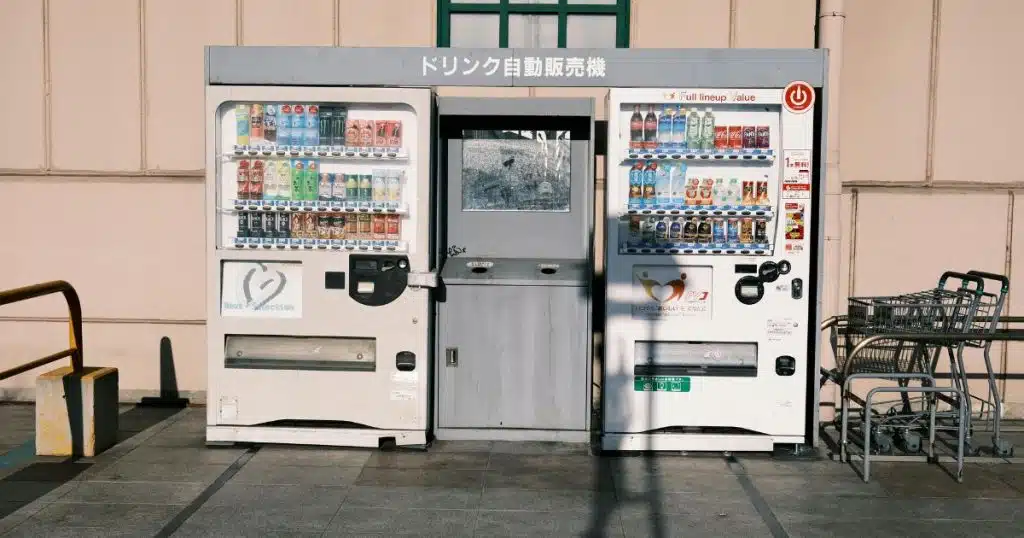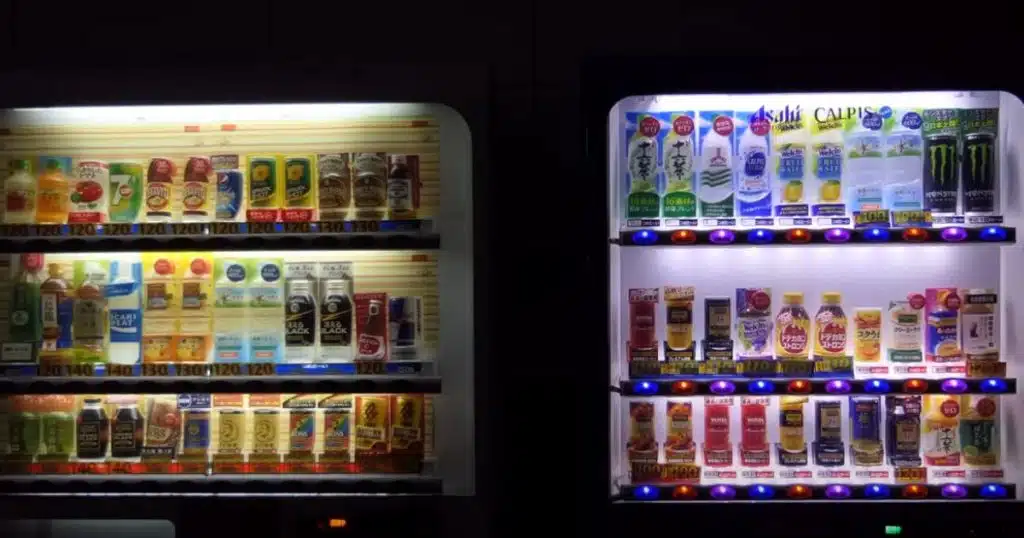A stainless steel cookie sheet is a reliable and long-lasting kitchen essential. However, frequent use can lead to burnt-on stains, grease buildup, and discoloration. Properly cleaning your stainless steel cookie sheet helps extend its lifespan and ensures safe, effective baking. In this guide, we’ll explore five easy and effective methods to clean a stainless steel cookie sheet while maintaining its quality and shine.
Why Proper Cleaning Matters
Before diving into the methods, let’s understand why proper cleaning is essential:
- Prevents Build-Up – Grease and food residue can accumulate, affecting performance.
- Maintains Durability – Reduces the risk of rust and corrosion.
- Enhances Hygiene – Ensures a clean and safe baking surface.
- Improves Baking Results – A clean sheet prevents uneven cooking and burning.
5 Easy Methods to Clean a Stainless Steel Cookie Sheet
Here are five tried-and-true methods to keep your stainless steel cookie sheet in top condition:
1. Baking Soda and Vinegar Method
This natural cleaning duo is great for tackling stubborn stains and burnt-on residue.
Steps:
- Sprinkle a generous amount of baking soda over the sheet.
- Sprinkle white vinegar over the baking soda and let it fizz up.
- Let it rest for 10-15 minutes to help break down the grime.
- Scrub gently using a non-abrasive sponge or brush.
- Rinse thoroughly with warm water to remove any residue.
- Dry immediately with a clean towel to prevent water spots.
2. Hydrogen Peroxide and Baking Soda Method
For extra-tough stains, hydrogen peroxide works as a powerful cleaner.
Steps:
- Sprinkle baking soda over the sheet, ensuring even coverage.
- Pour hydrogen peroxide over the baking soda, creating a paste.
- Allow it to sit for 1-2 hours to break down stubborn stains.
- Scrub with a sponge or brush in circular motions to lift grime.
- Rinse well with warm water and dry completely to prevent streaks.
3. Dish Soap and Hot Water Soak
A simple but effective method for light cleaning and grease removal.
Steps:
- Fill your sink with hot water and add a few drops of dish soap.
- Submerge the cookie sheet and let it soak for at least 30 minutes.
- Use a soft sponge or brush to scrub off any remaining residue.
- For tougher spots, use a mixture of dish soap and baking soda.
- Rinse thoroughly with clean water and dry immediately to avoid water stains.
4. Lemon and Salt Scrub
Lemon’s acidity and salt’s abrasiveness make a great natural cleaner for tackling stains and discoloration.
Steps:
- Sprinkle coarse salt generously over the cookie sheet.
- Cut a lemon in half and use the cut side to scrub the surface.
- Apply slight pressure while scrubbing to lift stains and grease.
- Allow the lemon juice to sit for about 10 minutes for better cleaning action.
- Rinse thoroughly with warm water and dry completely with a soft cloth.
5. Commercial Stainless Steel Cleaner
For professional-level cleaning, a stainless steel cleaner is highly effective in restoring shine and removing stubborn residues.
Steps:
- Apply a small amount of stainless steel cleaner to the sheet.
- Use a soft cloth or sponge to scrub the surface gently.
- Follow the manufacturer’s instructions regarding application and duration.
- Rinse thoroughly with water to remove any cleaner residue.
- Dry immediately to maintain a polished, streak-free appearance.
Additional Tips for Maintaining Your Stainless Steel Cookie Sheet
Avoid Abrasive Scrubbers – Using steel wool and harsh scrubbers can scratch the surface, shortening its lifespan.
Dry Immediately – Prevents water spots and rust formation by using a clean towel after washing.
Use Parchment Paper – Minimizes residue buildup during baking, making cleaning easier.
Store Properly – Keep it in a dry area and avoid stacking heavy cookware on top of it to prevent damage.
Regular Maintenance – Clean your cookie sheet immediately after use to prevent stubborn stains from developing.
Common Cleaning Mistakes to Avoid
Skipping Regular Cleaning – Leads to stubborn buildup that becomes harder to remove over time.
Using Harsh Chemicals – Strong acids or industrial cleaners may damage the stainless steel surface and degrade its quality.
Not Drying Properly – Leaving the sheet damp can cause discoloration, water spots, and even rust in extreme cases.
Overheating the Sheet – Excessive heat exposure can lead to warping, making it harder to clean and use effectively.
Finishing Statement
Keeping your stainless steel cookie sheet clean doesn’t have to be a challenge. By using these five easy methods, you can maintain its quality, extend its lifespan, and ensure great baking results. Whether you prefer natural cleaning solutions like baking soda and vinegar or opt for commercial stainless steel cleaners, regular maintenance will keep your bakeware looking and performing at its best.
By incorporating these tips into your cleaning routine, you’ll keep your stainless steel cookie sheet in top condition for years to come. Happy baking!
